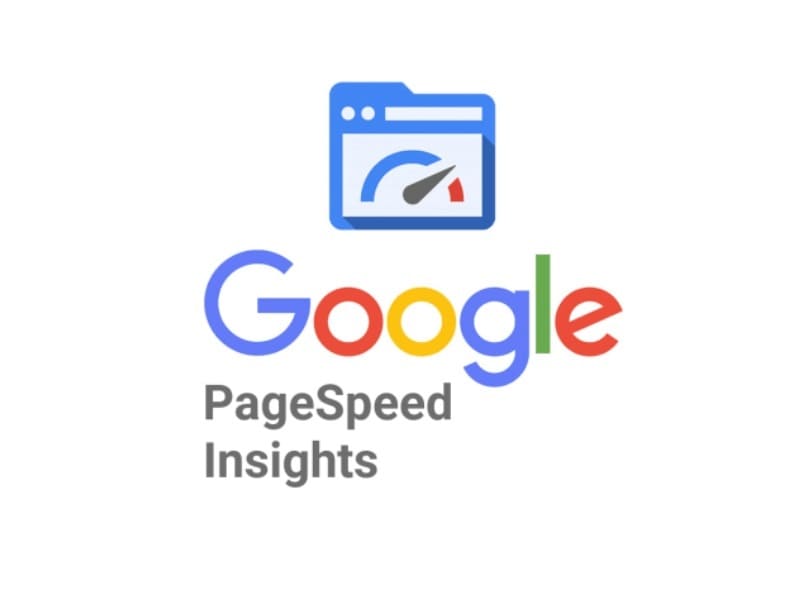Most of the time, people are quite patient. They’ll happily wait in line for a while, providing they’re gradually moving forward. Oppositely, in the digital realm people have become accustomed to instant. In the world of speedy scrolling and rapid reads, having a fast-loading page can be all the difference between high conversion and painful bounce-rate.
In fact, back in 2017 Google found startling data on the influence page load times have on visitor retention. The difference between pages with 1 or 5 second load times was that visitors would be 90% more likely to leave the latter than the former.
There may be many reasons why your website is a little reluctant to pop up, perhaps poorly written code or bad elements. Don’t worry too much, though, as Google PageSpeed can help you get back in the race towards outstanding SEO results!
What is Google PageSpeed?
Introduced in 2010, Google PageSpeed is a free diagnostic tool that can help you optimize your site’s performance by providing valuable insight and suggesting the relevant solutions to any problems that may arise.
You may not have heard of it because, for a long time, site speed wasn’t considered a factor for Google rankings. With the rise of mobile device, that changed in 2018, with the company now saying speed does affect ranking.
The free tool can help you find and fix issues slowing down your web application. It does this by collecting lab and field data of your website. An open-source program called Lighthouse collects the lab data, which is then combined with real-world, or field, data from actual user experience reports. Both data sets are combined into an overall score that indicates how fast your site loads up. Google PageSpeed and SEO go hand in hand, and it looks like this:
Google Thumbnail for PageSpeed Tools
How to Use Google PageSpeed for SEO
When you’ve entered a URL, the tool will take a minute or two to formulate the results. The sections will appear as items that passed the diagnostics and the subsequent “opportunities”, or suggestions. All in all, you’ll either have a glowing commendation or a long to-do list.
Once you’ve found out what’s wrong, you can take the relevant steps. If the suggestion is that your image format is suboptimal, try to convert your existing media and change future images to the recommended format. Equally, if the suggestion is to do with unused or poorly-written code, you’re going to need to delve into the depths of the site and re-wire something.
How does Google PageSpeed affect my SEO results?
Not long after conception, Google realised the importance of people for their business Ever since, they’ve been steadily finding ways to improve user experience, attempting to make their technology more relevant and valuable to humans, not just optimized for engines and servers.
Page speed is a huge factor for visitors, so it does now have a direct affect on your site’s Google ranking. Admittedly, it’s not going to be the biggest determiner of traffic but any enhancements you make to your site leads to a better performance, so get to it!
It really doesn’t take long to check a webpage’s status. Simply go to Google PageSpeed and see what you find. If there’s something that you can’t make sense of, or you’re not entirely sure how to fix it, you can always contact us here at Shtudio. We would be happy to offer some advice or use our expert SEO services to help your site.

